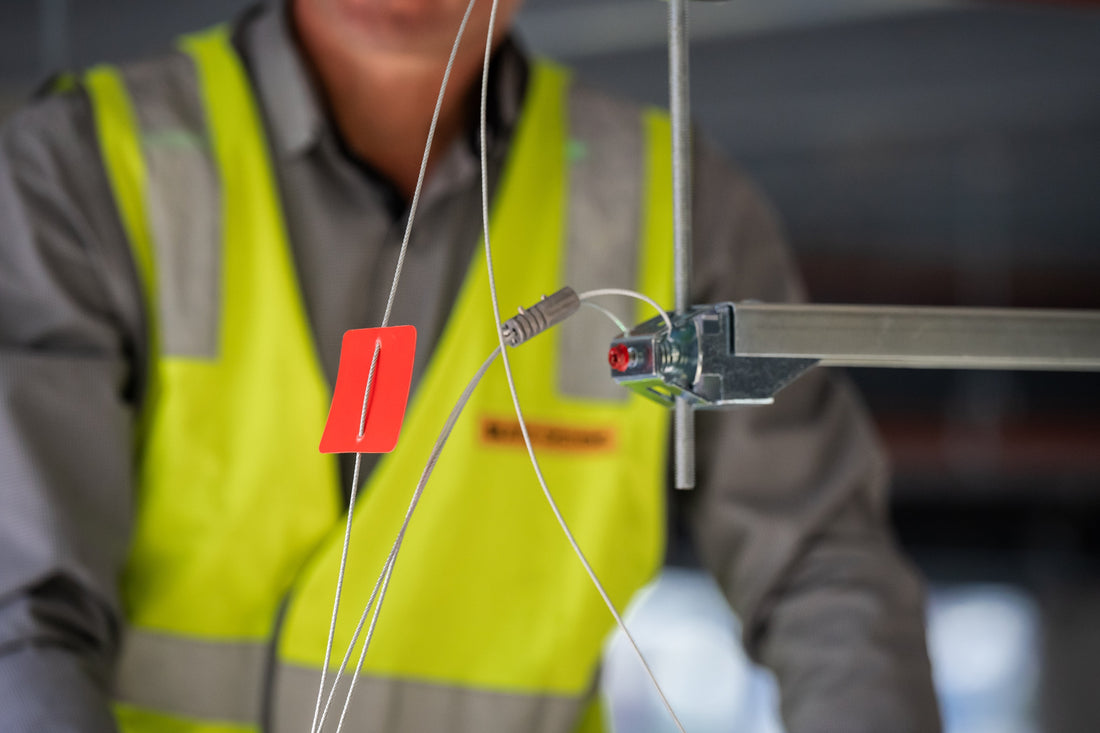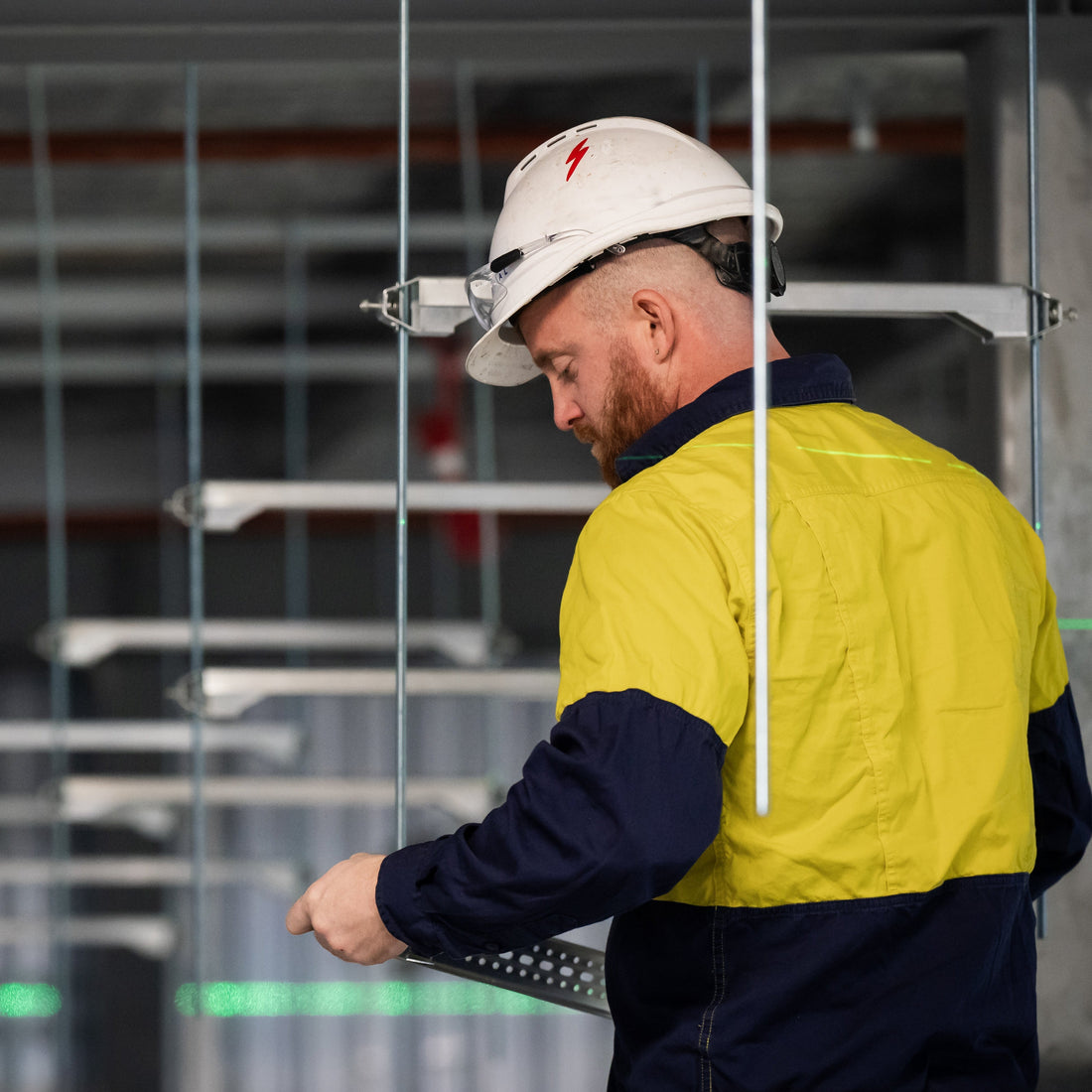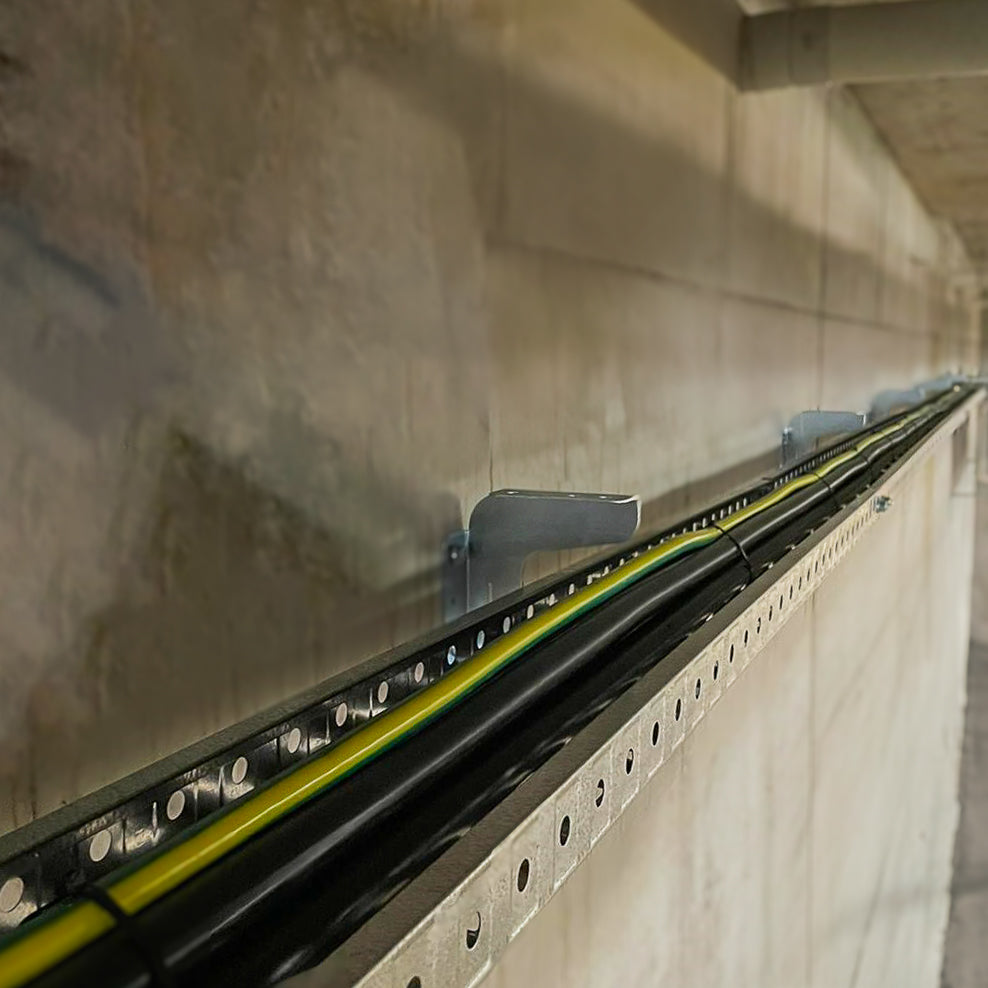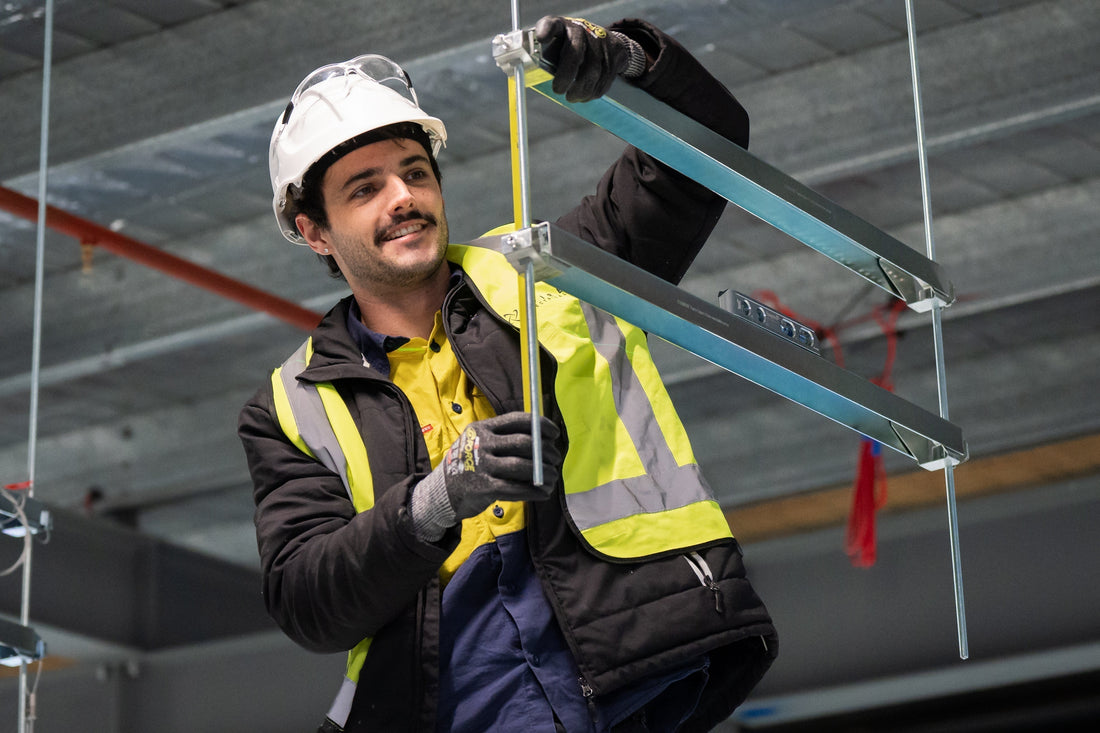Top Benefits of Cable Tray Capabilities for Australian Electrical Infrastructure Projects
Top Benefits of Cable Tray Capabilities for Australian Electrical Infrastructure.
Australian electrical infrastructure projects expand across commercial, industrial, and civil sectors, one thing remains constant: the need for structured, reliable cable management. Cable tray and cable tray capabilities have become a cornerstone of modern electrical design, offering unmatched benefits in supporting, protecting, and organising cable wiring.
Cable trays are more than just metal supports. They represent an engineered solution that delivers functional, regulatory, and cost-saving advantages across a wide range of project environments. This article explores the key benefits of cable tray systems and accessories, their application across Australian infrastructure projects, and how choosing the right cable tray can dramatically improve project efficiency, safety, and longevity.
What Are Cable Tray Systems and Their Capabilities?
Cable tray systems are structural components used to support insulated electrical cables in buildings, industrial plants, and infrastructure developments. They act as physical pathways for cable tray cable and cable tray wire, helping to route, protect, and manage electrical systems. Their primary function is to provide a secure, accessible framework for cable wiring without the need for traditional conduit.
Cable Tray Capabilities Overview
Cable trays support a wide range of capabilities:
-
Cable support: Preventing sagging and mechanical strain.
-
Protection: Reducing wear, damage, and environmental exposure.
-
Organisation: Allowing for clean cable routing and easy maintenance.
Types of Cable Tray Systems
Depending on the specific needs of a project, different tray types can be used:
-
Ladder trays: Ideal for heavy-duty installations, with strong support and ventilation.
-
Perforated trays: Suitable for moderate loads with some ventilation.
-
Solid-bottom trays: Provide full protection from external contaminants.
Each tray type offers specific cable tray capabilities suited to different forms of cable tray wire and installation environments.
Top Benefits of Cable Tray Capabilities for Australian Electrical Projects

Efficient Cable Management
Cable tray systems simplify and standardise how cable wiring is organised. They reduce clutter and make it easier for installers and maintenance teams to access and manage electrical systems. Structured pathways not only speed up cable tray installation but also reduce the risk of error, ensuring a cleaner, more efficient final setup.
Enhanced Safety
Safety is paramount in any electrical installation. Properly installed cable tray systems minimise cable contact with sharp edges, reduce fire hazards through open-air spacing, and ensure that cables are physically supported with reliable cable tray hangers and brackets. Adherence to Australian safety standards is easier to achieve when using a professional cable tray support system.
Flexibility and Scalability
Electrical systems evolve. Cable tray capabilities support this by allowing easy modifications and expansions. Whether adding new circuits or upgrading systems, trays can be accessed without disruption. A variety of cable tray sizes and configurations ensures adaptability for future growth.
Cost-Effectiveness
When compared with traditional conduit systems, cable tray systems significantly reduce labour time, material costs, and maintenance overheads. Pre-engineered trays and cable tray accessories streamline installation and reduce the need for skilled conduit bending, resulting in faster project delivery.
Ease of Installation and Maintenance
Cable tray installation is straightforward. For example, cable ladder installation requires minimal tools and fewer connection points. Maintenance is equally simplified, with cables easily identifiable and accessible. Trays also accommodate the use of cable tray accessories such as dividers, covers, and splices, all of which improve long-term system performance.
How to Choose the Right Cable Tray for Your Project

Selecting the Appropriate Cable Tray Sizes
Size matters. Choosing the right cable tray size depends on:
-
The total volume of cable tray cable and wire to be supported.
-
Allowances for future expansion.
-
Environmental conditions (heat, moisture, exposure).
-
Compliance with AS/NZS 3000 and other local regulations.
Cable Tray and Accessories
Trays are only as strong as their supporting components. Accessories such as:
-
Cable tray hangers for vertical and overhead mounting,
-
Splice connectors to join lengths of tray,
-
End caps, dividers, and covers for protection and organisation,
...all contribute to a functional and safe installation. Choosing high-quality cable tray accessories ensures stability, safety, and ease of maintenance over the system’s life.
Cable Tray Installation Best Practices

Proper Installation Techniques
To get the most from your cable tray system:
- Plan tray runs with minimal bends.
- Secure trays using approved cable tray hanger and bracket systems.
- Ensure adequate spacing between power and data cabling.
- Use expansion joints where necessary to allow for thermal movement.
- Terminate trays with protective end plates to prevent cable damage.
Correct cable tray support is critical in preventing structural sagging or premature wear.
Maintenance Tips
-
Schedule regular inspections (annually or after major changes).
-
Check for loose fittings, corrosion, and cable overcrowding.
-
Replace worn cable tray accessories and hangers as needed.
-
Ensure all changes to cabling comply with the initial load calculations.
Why Choose Cable Tray Systems for Your Electrical Infrastructure Projects in Australia?
Local Market Relevance
Australia’s environment, from remote mining regions to urban commercial centres, presents unique challenges for electrical installations. Cable tray systems meet the demand for robust, compliant, and adaptable solutions. Many products conform to AS/NZS 3013 for fire-rated cable systems, and AS/NZS 2053 and AS/NZS 3000 standards for general wiring rules.
Experience and Reliability
Selecting a trusted supplier for your cable tray and accessories ensures quality and compliance. It also supports the success of your installation. Reliable systems mean fewer call-backs, reduced downtime, and enhanced peace of mind. Whether for data centres, energy projects, or civil infrastructure, working with experienced professionals results in long-term project performance.
If you’re planning an electrical infrastructure project in Australia, now is the time to explore high-quality cable tray solutions. Our team provides:
-
A wide range of cable tray systems
-
Cable tray accessories and hangers
-
Expert advice on sizing, selection, and compliance
-
Installation support and best practice guidance
Reach out today to schedule a consultation or request a quote. Let’s make your next electrical project more efficient, safer, and future-ready.
Conclusion
Cable tray and cable tray capabilities have become essential tools for delivering successful electrical infrastructure in Australia. From efficient cable management to enhanced safety and scalability, these systems provide tangible benefits across every stage of a project.
Choosing the right cable tray, cable tray support, and accessories—and installing them properly—ensures your systems are compliant, cost-effective, and ready to grow. Contact us today to find out how our cable tray solutions can improve your project performance.
Contact Us









